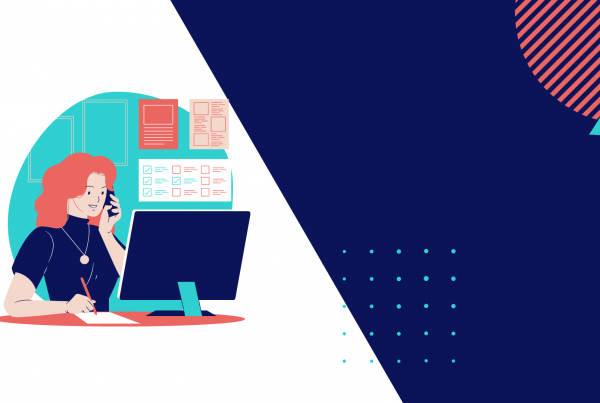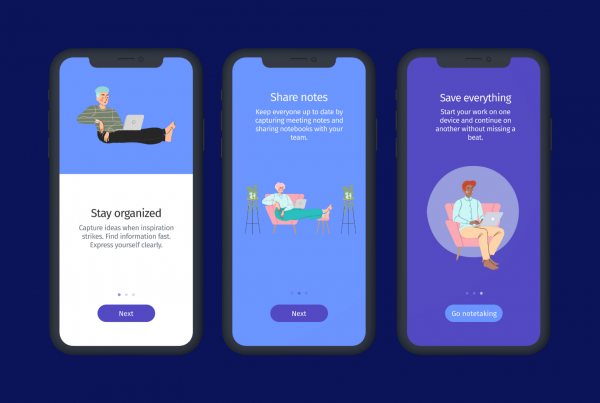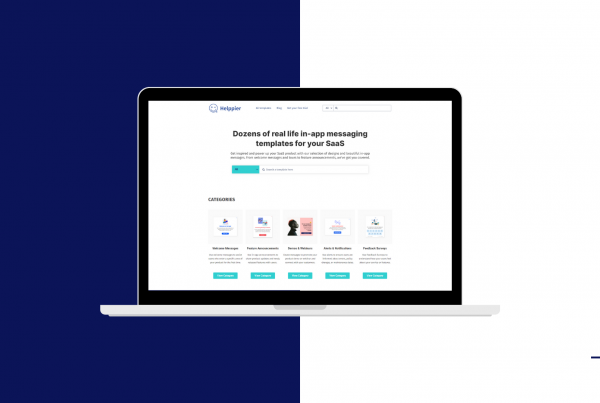In today’s ultra-competitive world of online business, we know that consumers won’t engage with a product if it’s difficult to understand or use. 😅
Instead, they’ll simply move on to a competitor that will always be just a few clicks away. Indeed, this is the central point of our overview of User Onboarding. As we wrote there, if users don’t understand your product, they won’t use it - and 75% of users leave within the first week of signing up.
Avoiding these problems is a matter of effective customer engagement and new user onboarding. And though the aforementioned overview on the onboarding process stated that it’s important to guide new users from the moment they enter your platform, we’d actually argue that the process can begin even early. To some extent, a targeted marketing effort can actually serve as the first step in achieving effective customer engagement.
When a random consumer stumbles on your business’s online platform, there is essentially no way of predicting whether or not your product will be of value to said consumer. By extension, if the consumer doesn’t naturally relate to your business, then even the slightest issue with the product’s presentation, or the site’s ease of use, can end the relationship before it gets started. A random consumer is essentially a hit-or-miss conversion.
On the other hand, a consumer who is specifically and personally targeted as a potential customer may be fundamentally more likely to engage with your online platform. And it’s just this sort of consumer that modernized marketing efforts can attract. Ayima covers some marketing solutions used by major brands around the world, and how they can achieve results. And basically, it all comes down to a blend of technological analysis and strategic outreach. Modern marketing means analyzing where target consumers are, and then structuring content, SEO, and advertising to reach them.
Through this kind of approach, a business can effectively start the customer engagement process. It will be more likely that people who visit the business’s web platform are doing so because they were identified and marketed as potential customers. As such, they will be more likely to be open to engaging with what they find on the platform.
From that point forward, it’s important for a business to have a sound strategy in place for converting the visitor into a customer, and hopefully establishing long-term loyalty. This comes down to a blend of further engagement and intuitive onboarding practices.
On the engagement front, the most important thing is that the site itself be easy to navigate. Usability Geek discusses the ease of use for websites and apps and has described the navigation issue fairly bluntly, stating that “most users will simply pop out” if a site is confusing or difficult to get around on — and this is certainly even truer of brand new visitors. Even a consumer from a target market who responded to a tailored marketing effort may not stick around long if a site isn’t easy to navigate. So the first step in maintaining good engagement is to make directions and actions clear and to specifically guide new visitors toward onboarding assistance.
This is where some fairly straightforward efforts can come into play. If you’ve marketed successfully and you’ve made your site easy to use, you can expect to be attracting potential customers who are interested in your business and willing to learn how to engage with it. So, naturally, you’ll want to teach them exactly how to do so.
Our past look at Tutorial Videos, as well as our explainer on Interactive Guides, can give you a few specific ideas of how to go about doing that. With either tool — a tutorial video or an interactive, step-by-step alternative — you can walk a potential customer through any products or services you might be offering. You can explain how software is used, for instance, as well as how to get started with it. You can also lead from these tools into follow-up FAQs or, if you have the capacity, offer an interactive chat. This way, the potential customer can engage with the explanation material you’re supplying and then seek to clarify any misunderstandings.
The last part likely goes without saying. But once you’ve successfully directed new visitors to your tutorials and explained what it is you’re offering, you should make it easy for those visitors to make purchases. A smooth (but not too pushy) transition from explanations to offers can help to capitalize on momentum; a potential customer who’s just watched or read engaging material about the product at hand will often be more likely to go ahead and give it a shot.
And at that point, you’re off and running with a new customer! 🎉
It’s a process that can be more difficult than it sounds, and it may require some adjustments down the road (if your product changes, for instance, or if it comes to your attention that your tutorials could be made clearer). But generally, this process lays out how customer engagement and user onboarding can build on one another to attract and convert new customers.
Written by Rhiannon Jaberg
Thank you for reading, I hope you enjoyed this article! If you’d like to read more about user onboarding and engagement make sure to follow us on Facebook and Twitter and get updated to our latest news.
In case you are looking for a tool to improve conversions and retention online, check our website. 😉




